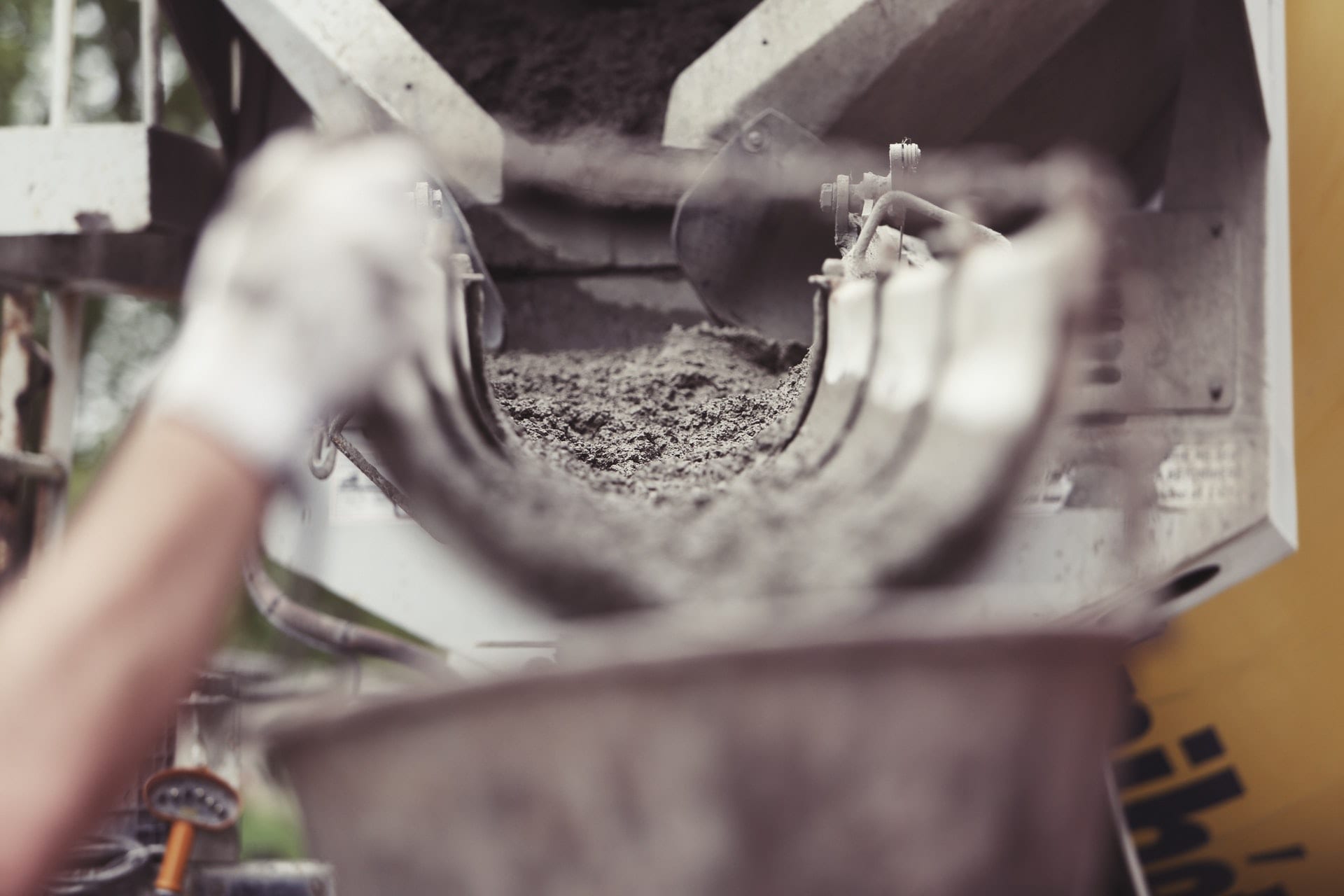Concrete vs. Shotcrete – Differences and Benefits
Concrete is a truly versatile building material that has become the foundation of modern construction. Over time, the properties of concrete have evolved and today there are a vast range of concrete available with specific performance characteristics such as porous, mass, fibre-reinforced, cellular, lightweight, and heavyweight to name a few. Each of these types of concrete have different intended uses and are achieved by changing variables such as cement content and type, aggregate type, pozzolan content and type, the admixtures used, along with the addition time and rate of those admixtures.
One type of concrete that has become very popular in today’s construction is known as shotcrete. While you may not have heard this term before, you’ll likely see shotcrete in structures like swimming pools, skate parks, basements, tanks, tunnels, and drainage. There are two types of shotcrete available; dry mix and wet mix. Even though there are subtle differences between the two, they are both generally referred to as shotcrete when their materials are applied to a surface. To give you a better understanding of shotcrete, we’re going to examine the differences and benefits of using shotcrete as opposed to traditional concrete.
Dry Mix vs Wet Mix Shotcrete
Dry mix shotcrete was originally developed by an American taxidermist in the early 20th century. Today, the dry mix method involves mixing the dry elements and concrete (fly ash, silica fume, slag, etc) and aggregates which are then pneumatically sprayed through a hose. Water is then injected at the nozzle, which is operated by a skilled nozzleman, so that when the combined elements of the concrete hit the surface, they are completely mixed. The nozzleman is a critical part of the process, as adjusting the injection of water is needed to suit varying work conditions.
The wet mix method was developed several decades later than the dry mix method, although both methods are still being used today. Wet mix shotcrete essentially involves using concrete that is thoroughly mixed excluding any accelerators and admixtures. Instead of injecting water at the nozzle like the dry mix method, accelerators and admixtures are introduced and controlled at the nozzle in conjunction with air pressure to increase the velocity of the materials and improve the efficiency of the ‘shooting process’.
Placement Method
One of the primary differences between shotcrete (both dry mix and wet mix) and traditional concrete is the placement method. Traditional concrete is normally delivered to construction sites via ready-mix trucks, placed on the ground or in forms, and then vibrated for compaction. On the contrary, shotcrete does not require forming or compaction which increases application flexibility and creativity. Instead, the impact velocity of correctly applied shotcrete immediately compacts the material, producing a mix that is richer in cement and higher in strength than the same mixture prior to application.
Regardless of which method is used, shotcrete displays superior hardened properties to high quality traditional concrete, for example high strength and durability, and low permeability. While the hardened properties of the shotcrete are close to traditional concrete, the nature of the placement method offers additional benefits, such as superior bond with most substrates, greater application capabilities, and a higher concrete to water ratio.
Benefits
There is a myriad of benefits of using shotcrete as opposed to concrete, and most of these benefits stem from enhanced sustainability. The sustainability advantages of the shotcrete process positively impact both the economic and environmental aspects of a construction project when considering factors such as materials, labour, time-efficiencies, as well as quality. The following provides a detailed list of the benefits of using shotcrete over traditional concrete.
- Formwork doesn’t need to be designed for internal pressures
- Odd or complex shapes require little, if any, formwork
- Reduction in formwork costs of between 50 and 100% over traditional concrete construction
- Reduction (or elimination) in the use of crane’s and other equipment
- Labour costs savings for repair projects of up to 50%
- Increase construction speed times of up to 50%
- Better bond to substrates which boosts quality and durability
- Higher compressive strength, lower absorption, lower permeability, and a higher resistance to weathering and chemicals
- Ability to repair surfaces that were previously not practical
- Ability to access difficult to reach areas, including overhead and underground
As you can see, shotcrete has a wide variety of applications and enjoy a range of benefits over traditional concrete. While the structural composition of both shotcrete and concrete are similar, the placement method yields a myriad of benefits over traditional concrete both environmentally and economically. If you think that shotcrete might be the best approach for your next project, contact our friendly team at Evolution Shotcrete by phoning 07 5561 8885.
